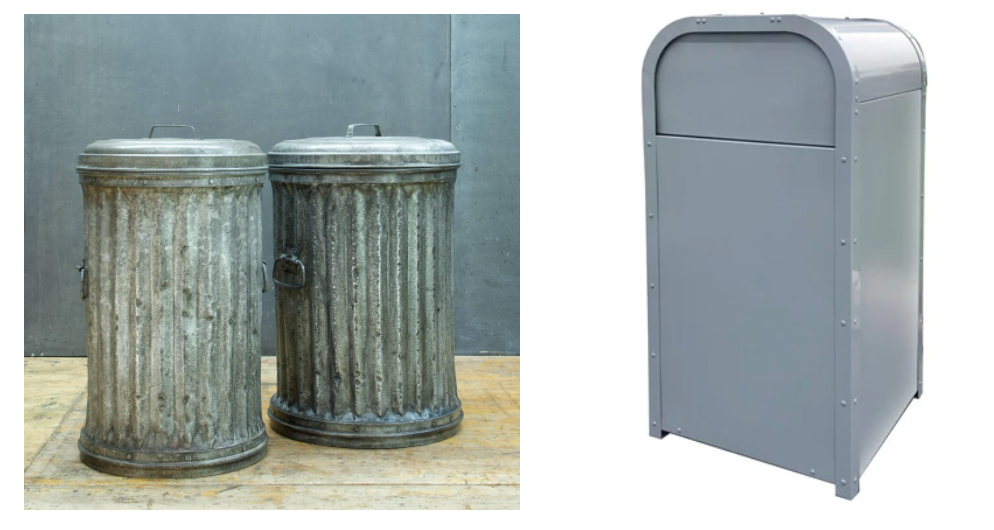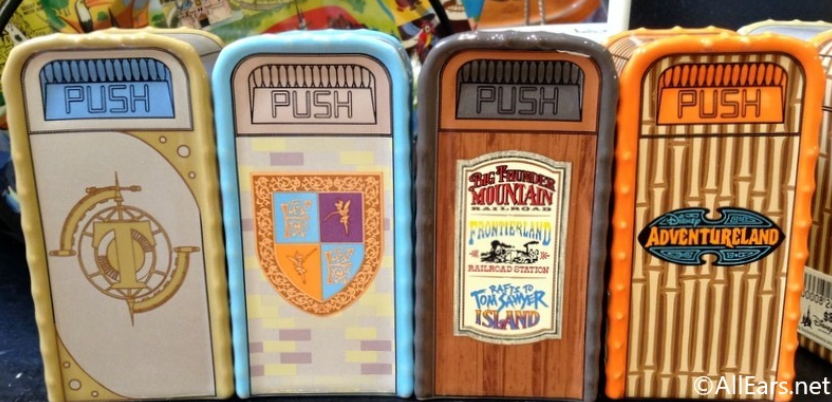
I’m a big fan of Disney just on the fact that they’ve been able to sell something intangible; the perfect family experience. What will parents pay for a safe and fun weekend with their children? It’s priceless.
Disney deeply understands this and has built a product/service that completely nails it. My friend Ken, who has 3 kids, once told me – “It might be more expensive, but you can’t go wrong.”
One way they are able to achieve this is by focusing on components that nearly everyone overlooks. These are details that the majority of people think “wouldn’t matter.” Steve Jobs is also famous for this when it comes to his design techniques. Based on his biography, he learned at a young age the importance of making every part to a product perfect, even the parts nobody ever sees.
So what minor detail did Walt Disney want to focus on for his theme park? Trash Cans. Boring old waste.
He focused on three questions:
- How many cans are needed?
- Can they be designed better?
- Do they have to be ugly?
1. Walt did research on how far apart trash cans needed to be. In other words, how far will the average person walk to throw out waste? To test this he decided to remove every trash can and wait to observe where litter would accumulate. He found that 30 feet was the magic number and by letting people throw trash on the ground, he was able to better decide where to place bins. Brilliant.
2. Trash cans in the 1950’s were boringly standard. They looked a lot like the cans on Sesame Street; silver with a removable lid. Walt wanted to make them easier to use for guests. In a stroke of genius, he redesigned them to have swinging doors which solved two problems. Not only would these save time to use, but the new design would better contain the smell.

3. Why do trash cans need to be so ugly and do they need to look the same? Those were questions the Disney team arrived at once they finally figured out where and how to place the bins. Instead of keeping them silver (which would definitely stick out), they decided to turn them into art. Cans were decorated to perfectly match each respective theme of the park. What used to be viewed as gross was now added to the fun.

By focusing on garbage and employing extra workers to change trash more regularly, Walt was able to accomplish a key feat; guaranteed cleanliness. While other parks might be able to provide fun, families going to Disney would never need to worry about stepping in gum or walking around empty soda bottles.
Which brings to the ultimate point and business proposition of the park; Disney packages an unparalleled experience considering every detail.
Or as Ken puts it, “you can’t go wrong.”
What are your trash cans?
- In business, what are features that competitors don’t care about? How can you use that to your advantage?
- In life, what are habits that most people overlook? What’s something small that you can easily achieve that will help you improve the most?
Figuring this out is the hardest part, but once you decide, it becomes much easier. The more rare and unique the attribute, the better the return will be compared to the average.
The lesson on garbage is actually a principle; small details transform outcomes. Be thoughtful and design for what can make a difference.